Exploring the world through its cuisine can lead to some surprising discoveries, especially when it comes to unusual meat dishes. From the exotic markets of Asia to the rustic kitchens of South America, these unique delicacies reflect the diverse culinary traditions and cultures of their origins. This article delves into the fascinating stories behind these unconventional meat dishes and the places they come from, offering a glimpse into the adventurous side of global gastronomy.
Hákarl (Iceland)
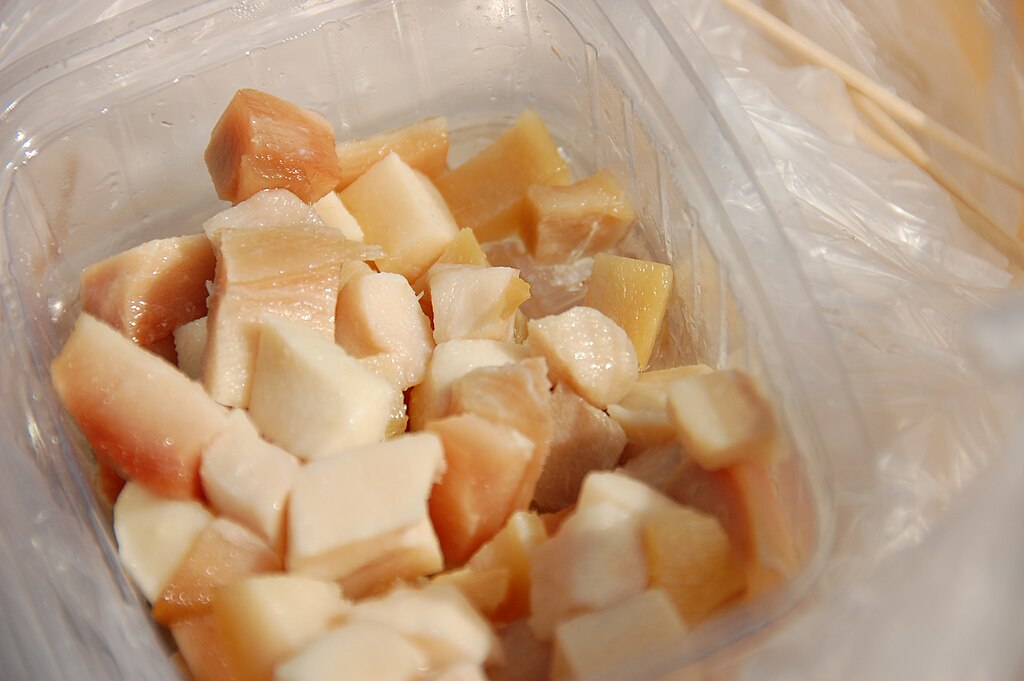
Hákarl is a traditional Icelandic dish made from fermented shark meat, specifically Greenland shark. The fermentation process is necessary to make the meat safe to eat, as the fresh shark contains high levels of toxins. Known for its strong ammonia scent and distinct taste, Hákarl is considered a delicacy and a test of culinary bravery. Rich in protein and omega-3 fatty acids, it is believed to offer health benefits, including improved heart health and joint function.
Balut (Philippines)
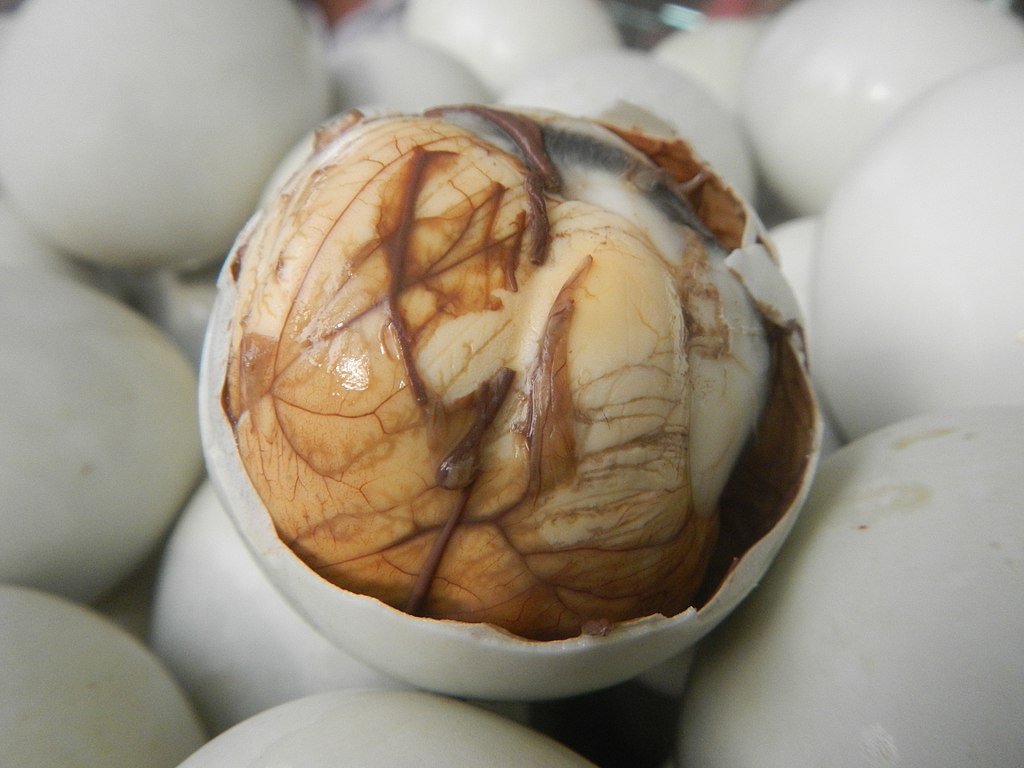
Balut is a popular street food in the Philippines, consisting of a fertilized duck egg with a nearly developed embryo inside, boiled and eaten from the shell. This dish is considered unusual due to its appearance and texture, combining the crunchiness of bones with the creaminess of the yolk. Balut is highly nutritious, providing a rich source of protein, vitamins, and minerals. It is also believed to have aphrodisiac properties and is often consumed for its supposed energy-boosting benefits.
Cuy (Peru)
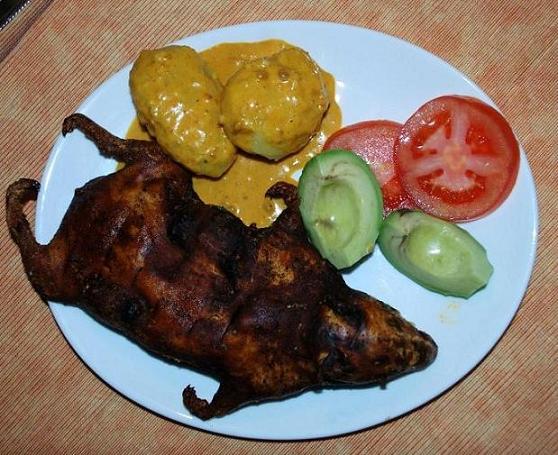
Cuy, or guinea pig, is a traditional meat in Peruvian cuisine, often roasted or fried whole. Though it may seem unusual to many, guinea pigs have been a staple protein source in the Andes for centuries. Cuy is lean, high in protein, and low in cholesterol, making it a healthy alternative to more common meats. Additionally, it is packed with essential vitamins and minerals, contributing to a balanced diet.
Sannakji (South Korea)
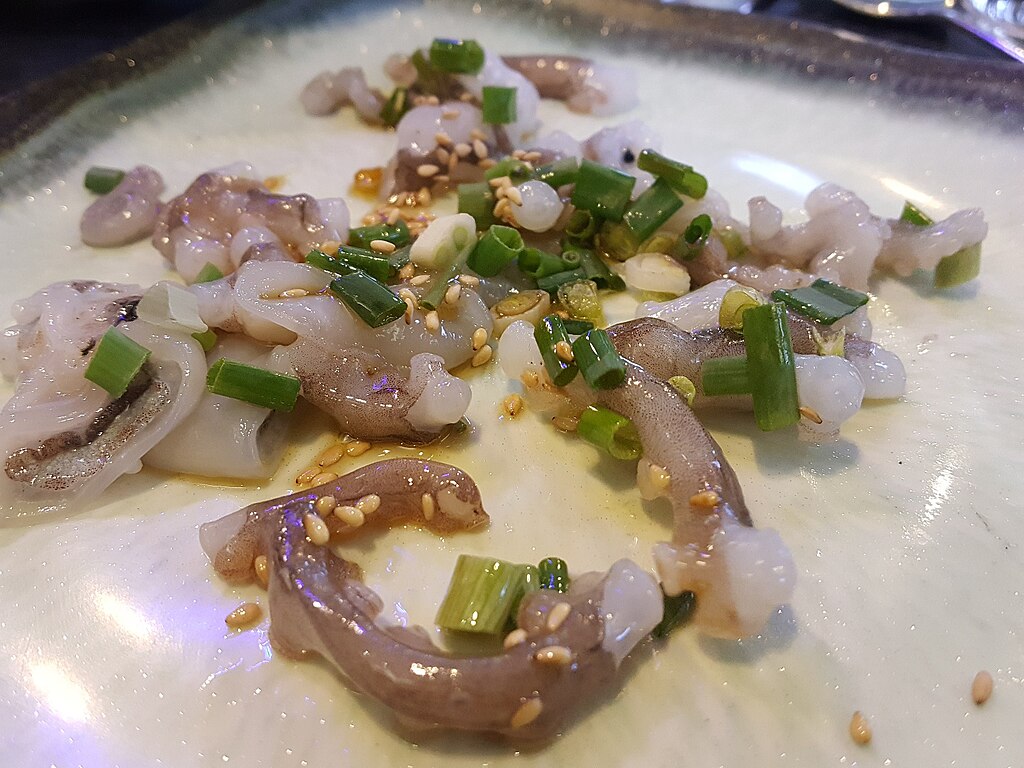
Sannakji is a dish of live octopus, typically served in small pieces that are still wriggling on the plate. This Korean delicacy is notable for its freshness and the sensation of moving tentacles in the mouth. Besides being a unique culinary experience, sannakji is rich in protein, taurine, and iron, promoting muscle health and boosting energy levels. It is also considered low in fat, making it a nutritious choice for seafood lovers.
Surströmming (Sweden)

Surströmming is a fermented herring dish from Sweden, notorious for its intense smell, which is often compared to rotten eggs. The fish is fermented in barrels for months before being canned, creating a pungent aroma and a tangy, briny flavor. Despite its off-putting smell, surströmming is highly valued for its nutritional content, including omega-3 fatty acids and probiotics that support gut health. It is traditionally enjoyed with flatbread and potatoes, offering a unique and balanced meal.
Haggis (Scotland)
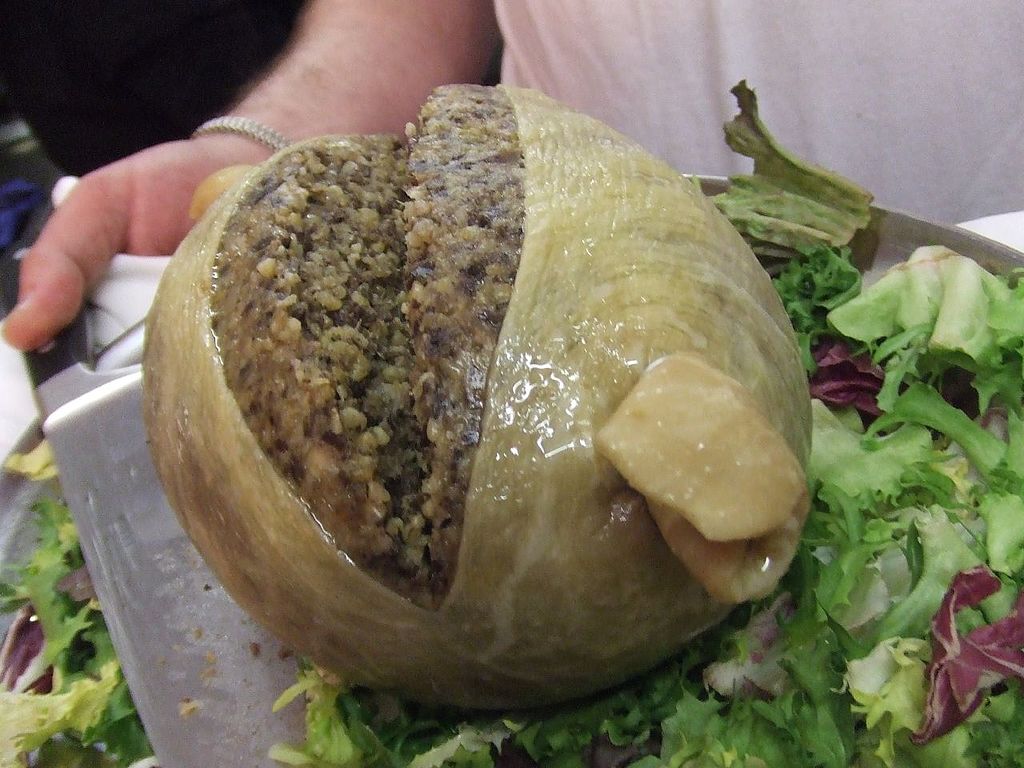
Haggis is a savory pudding containing sheep’s heart, liver, and lungs, minced with onion, oatmeal, suet, and spices, encased in the animal’s stomach. This Scottish dish is unusual due to its use of offal and the traditional preparation method. Haggis is rich in iron, zinc, and B vitamins, contributing to improved blood health and energy metabolism. It is often served with “neeps and tatties” (turnips and potatoes), providing a hearty and wholesome meal.
Bushmeat (Central Africa)
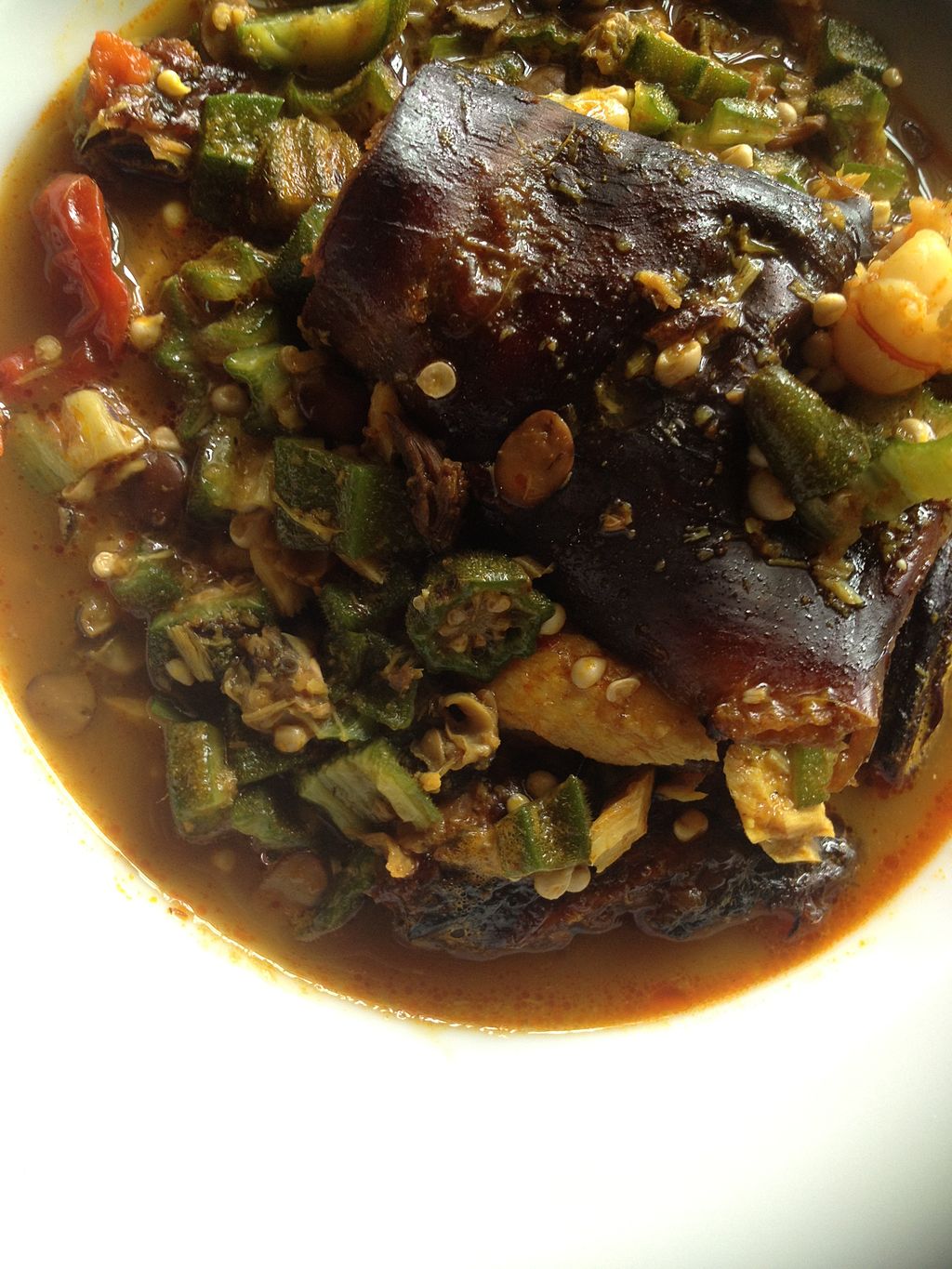
Bushmeat refers to various wild animals hunted for food in Central Africa, including antelope, porcupine, and primates. Its consumption is considered unusual due to the variety of species and the often traditional methods of hunting and cooking. Bushmeat is a vital source of protein and nutrients in many rural communities, where other meat sources are scarce. However, it also raises concerns about sustainability and conservation, making it a complex and controversial food source.
Rocky Mountain Oysters (United States)

Rocky Mountain Oysters are not seafood but rather deep-fried bull testicles, a dish originating from the American West. They are considered unusual due to the unconventional choice of meat and the method of preparation. This dish is high in protein and essential vitamins, offering a nutritious, if unexpected, source of energy. Often served as an appetizer, they are praised for their tender texture and mild flavor when properly cooked.
Fugu (Japan)
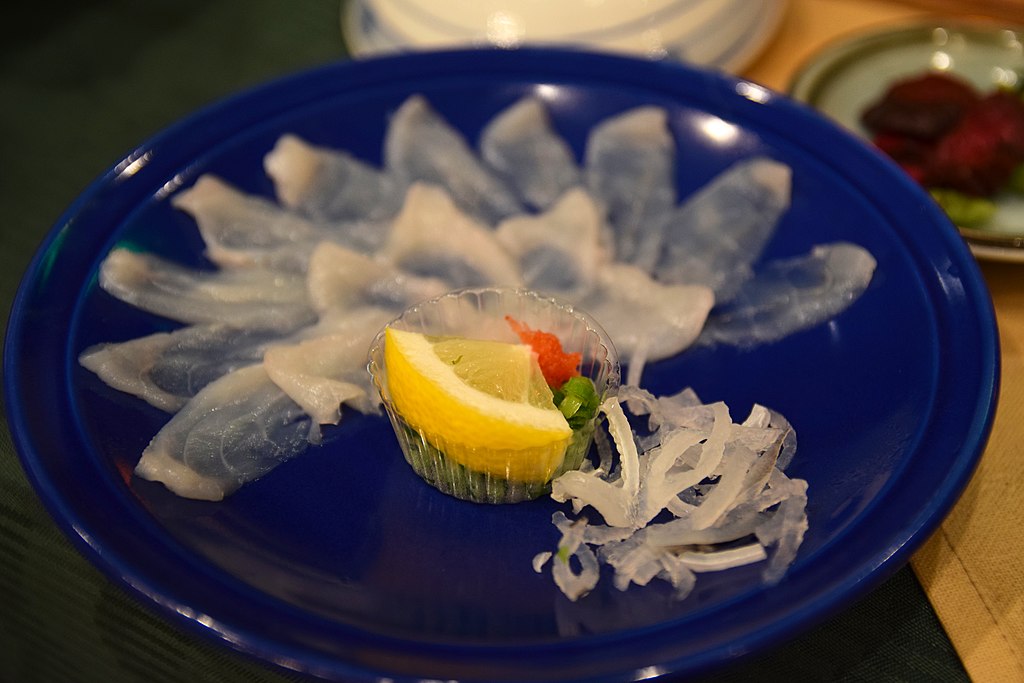
Fugu, or pufferfish, is a Japanese delicacy that is highly unusual due to its potential lethality; it contains tetrodotoxin, a potent neurotoxin. Only licensed chefs are allowed to prepare fugu, ensuring that the poisonous parts are removed and the fish is safe to eat. When prepared correctly, fugu offers a delicate flavor and a unique, slightly chewy texture. It is considered a luxurious and adventurous dining experience, rich in protein and low in fat.
Kangaroo (Australia)
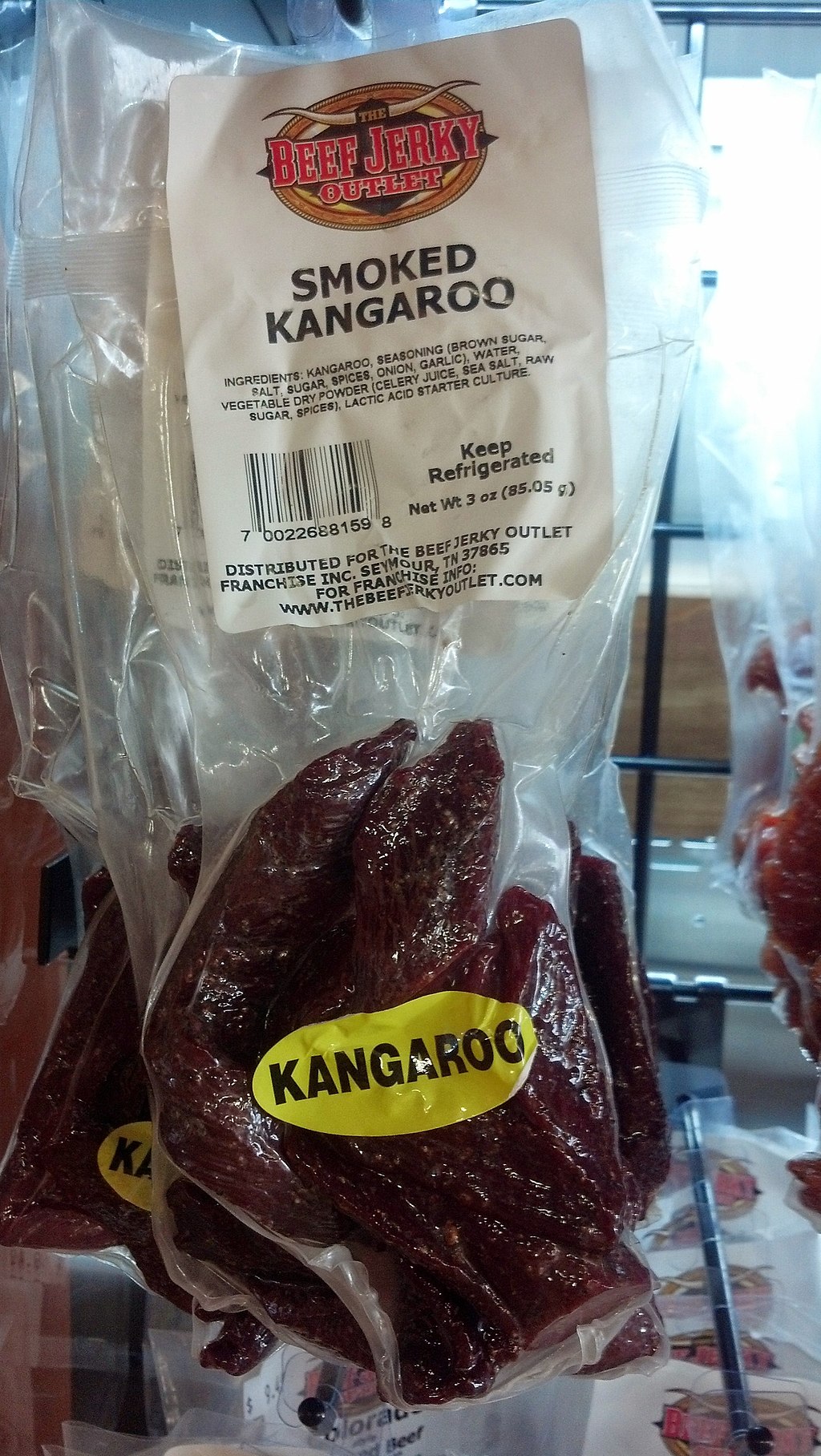
Kangaroo meat, common in Australia, is unusual outside the country and notable for its lean, gamey flavor. It is harvested from wild populations, making it a sustainable and environmentally friendly choice. Kangaroo meat is exceptionally high in protein and low in fat, with significant levels of iron and zinc. Its consumption supports a balanced diet and promotes muscle growth and recovery.
Escamoles (Mexico)
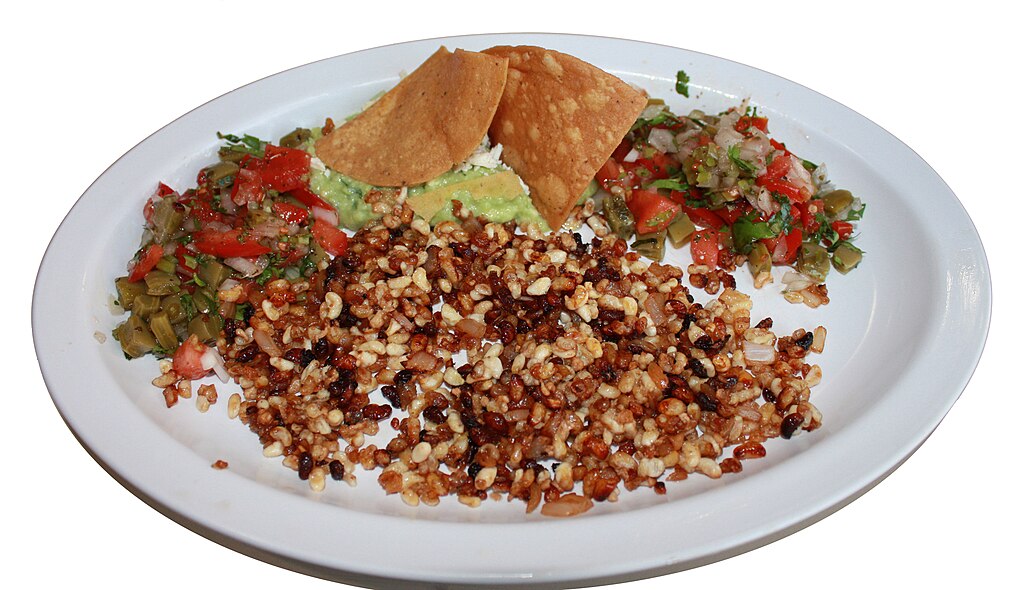
Escamoles, also known as “insect caviar,” are the edible larvae of ants, traditionally harvested in Mexico. This unusual dish is prized for its nutty, buttery flavor and delicate texture, often served in tacos or omelets. Escamoles are rich in protein, healthy fats, and essential minerals, making them a nutritious and sustainable food source. They are also high in fiber, supporting digestive health and overall well-being.
Jellied Moose Nose (Canada)
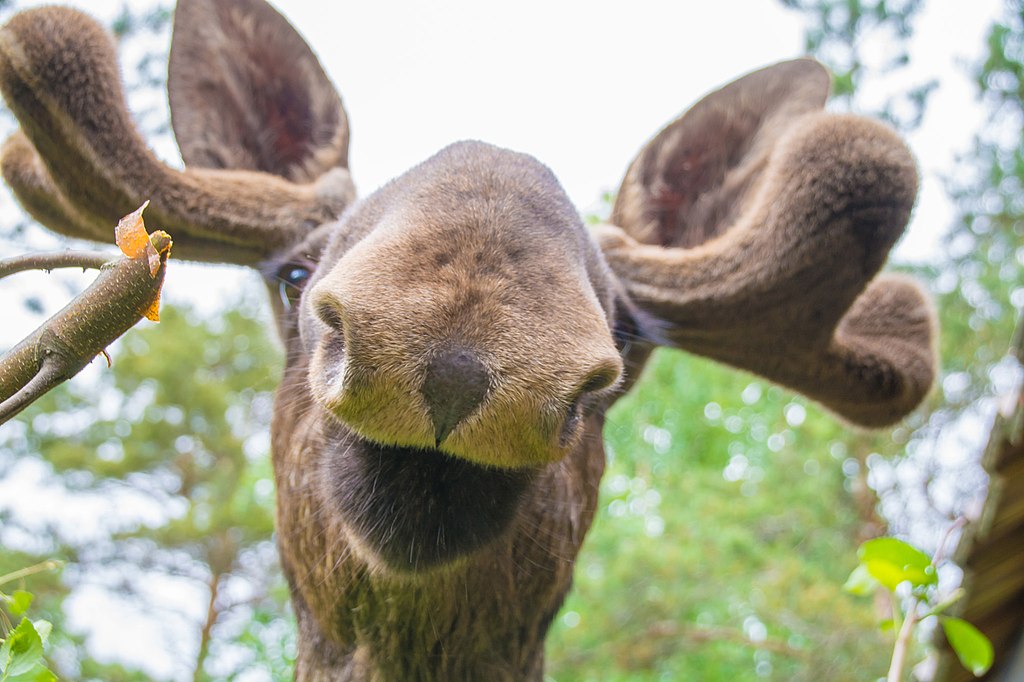
Jellied moose nose is a traditional dish from Canada, particularly popular among indigenous communities. The preparation involves boiling the moose nose until tender, removing the hair, and then cooling it in a broth to set into a jelly. This dish is unusual due to its use of moose nose, a part of the animal not commonly consumed. It is rich in collagen and protein, promoting joint health and skin elasticity.
Boshintang (South Korea)
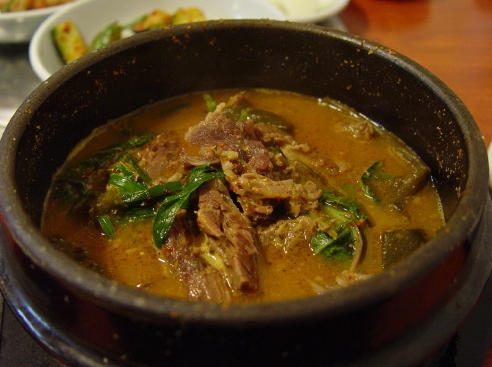
Boshintang, or dog meat soup, is a traditional Korean dish that is considered controversial and unusual in many cultures. It is believed to have been consumed for centuries for its supposed health benefits, including boosting stamina and vitality. The meat is simmered with vegetables and herbs, resulting in a rich, hearty soup. While its consumption has declined in modern Korea, boshintang remains a part of the country’s culinary heritage.
Witchetty Grub (Australia)
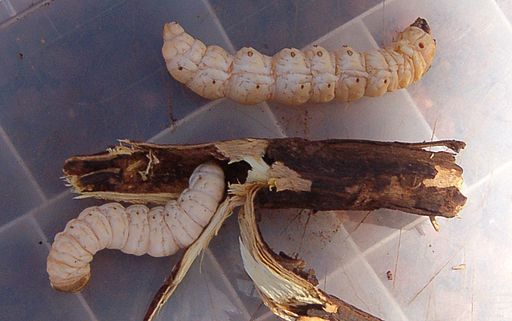
Witchetty grubs are large, edible larvae of moths, traditionally eaten by indigenous Australians. This unusual bush food is often consumed raw or lightly cooked, offering a taste similar to almonds or scrambled eggs. Witchetty grubs are high in protein and healthy fats, providing a nutritious food source in arid environments. They are also rich in essential vitamins and minerals, contributing to a balanced diet.
Smalahove (Norway)
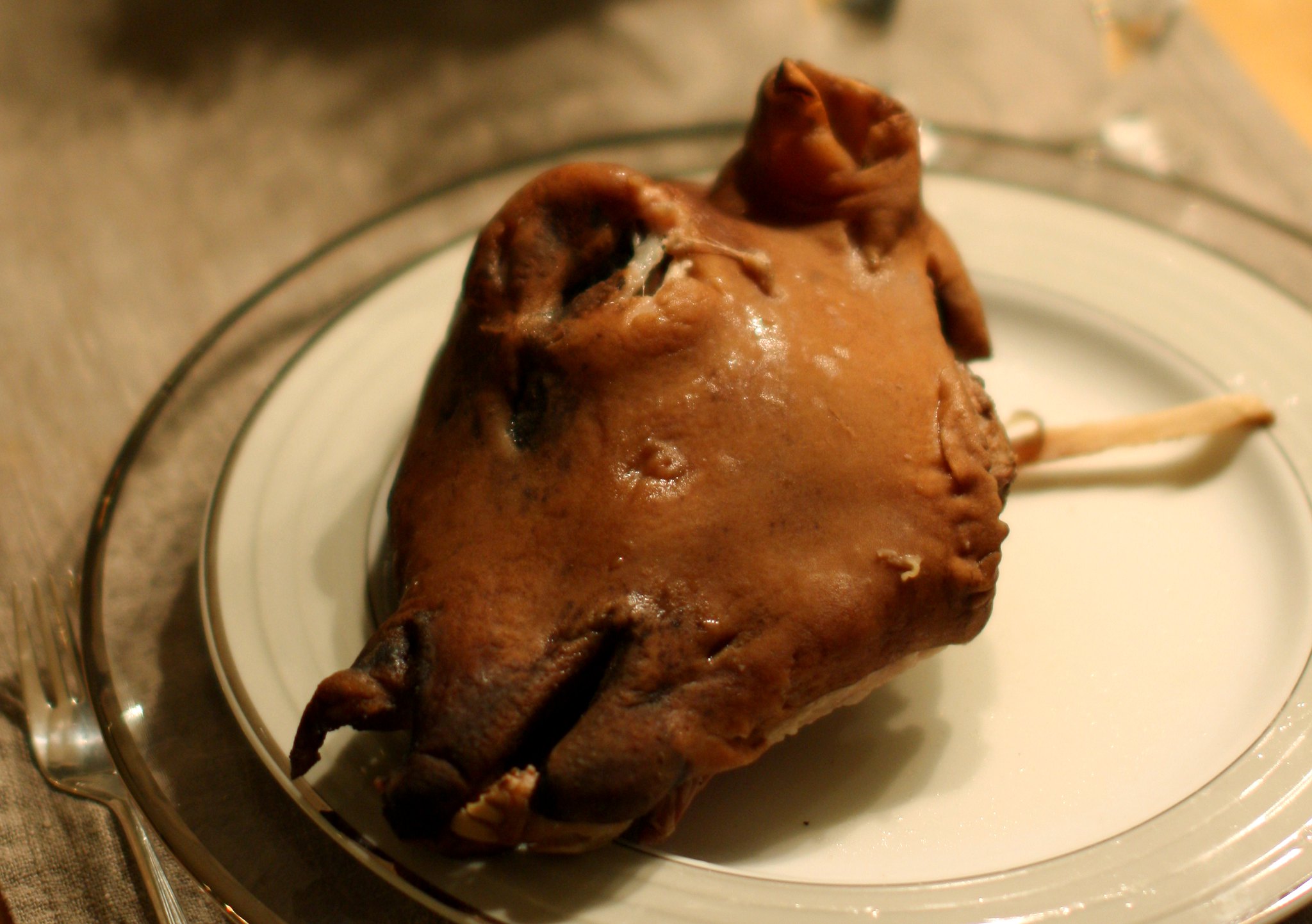
Smalahove is a traditional Norwegian dish made from a sheep’s head, typically served during the Christmas season. The head is salted, smoked, and boiled, then served with potatoes and rutabaga. This dish is considered unusual due to its use of the entire head and the strong, distinctive flavor of the meat. Smalahove is rich in protein and essential nutrients, offering a unique culinary experience that honors traditional methods of food preservation.
Zebra (Southern Africa)

Zebra meat is consumed in parts of Southern Africa, known for its lean, gamey flavor and distinctive striped appearance. It is unusual due to the rarity of zebra as a food source outside its native region. The meat is high in protein and low in fat, providing a healthy alternative to more common meats. Additionally, it is rich in iron and other essential minerals, supporting overall health and vitality.
Fried Tarantulas (Cambodia)
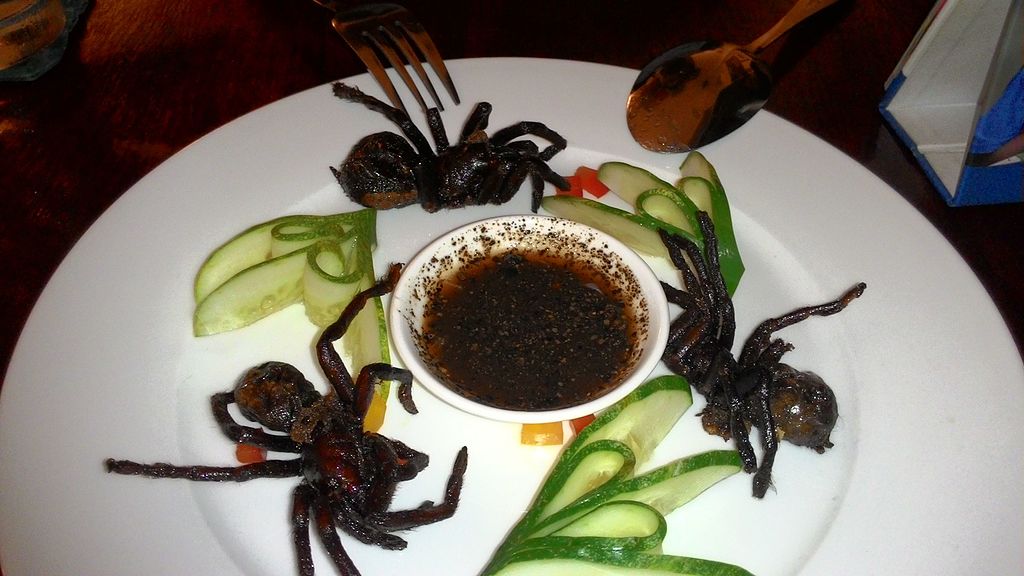
Fried tarantulas are a popular street food in Cambodia, often served as a snack or delicacy. This dish is unusual due to its use of large spiders, which are deep-fried until crispy and eaten whole. Tarantulas are high in protein and essential nutrients, offering a sustainable and nutritious food source. They are also considered a delicacy with a unique flavor, often described as a cross between crab and chicken. This article originally appeared on UnifyCosmos.
More from UnifyCosmos
22 Unplug These Items That Hike Up Your Electricity Bill

Saving money on your electricity bill can be easier than you think. Many common household items use power even when not in use. Read More
Florida`s Top 20 Most Expensive Places to Live

Florida is renowned for its sun-kissed beaches, vibrant cultural scenes, and thriving cities. However, the allure of living in the Sunshine State comes with a price tag, especially in its most prestigious locales. Read More
20 Legal Myths TV Shows Got Wrong

Television shows have long been a source of entertainment, often bending the truth for dramatic effect. However, when it comes to legal dramas, these distortions can create widespread misconceptions about the legal system. Read More
Leave a Reply